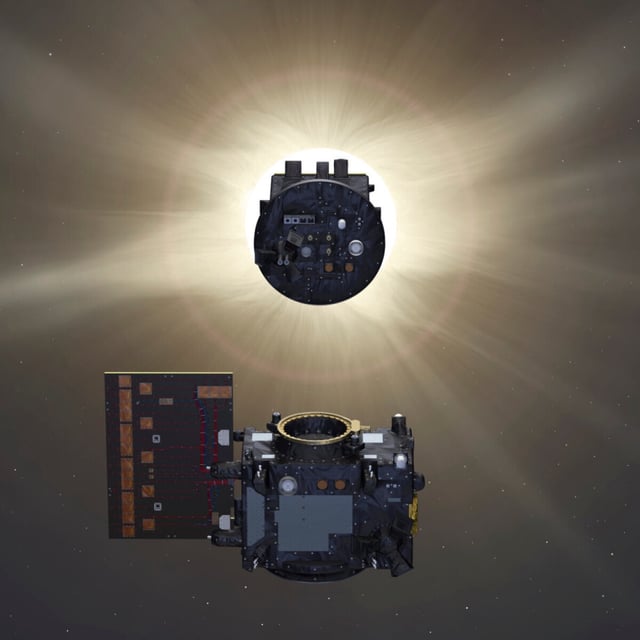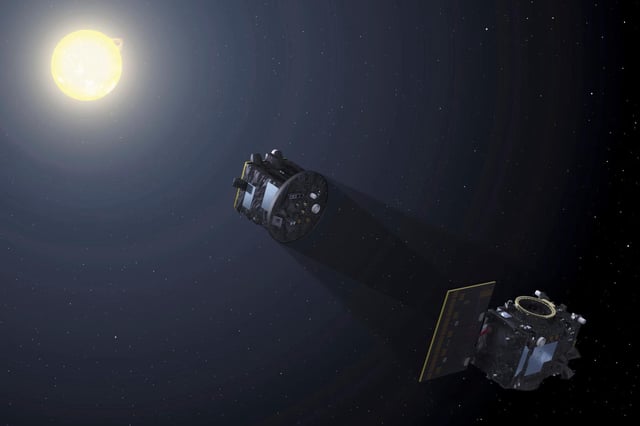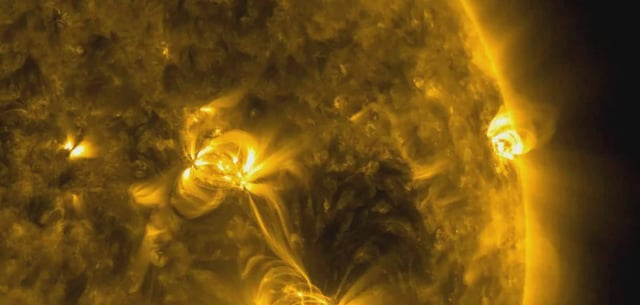Overview
- Proba-3 employs two satellites named Coronagraph and Occulter, flying 150 meters apart with millimeter precision to stage artificial total solar eclipses every 19.6 hours.
- The mission has generated ten artificial eclipses so far, with the longest totality reaching five hours during its commissioning phase.
- The ASPIICS, DARA and 3DEES instruments have captured detailed corona images showing ionized iron regions, plasma loops and helmet streamers.
- Scientists are integrating extended eclipse observations into ESA and KU Leuven computer models to enhance forecasts of solar wind and coronal mass ejections.
- Engineers are refining on-board positioning systems to achieve six-hour eclipses and transition to fully autonomous formation flying.



